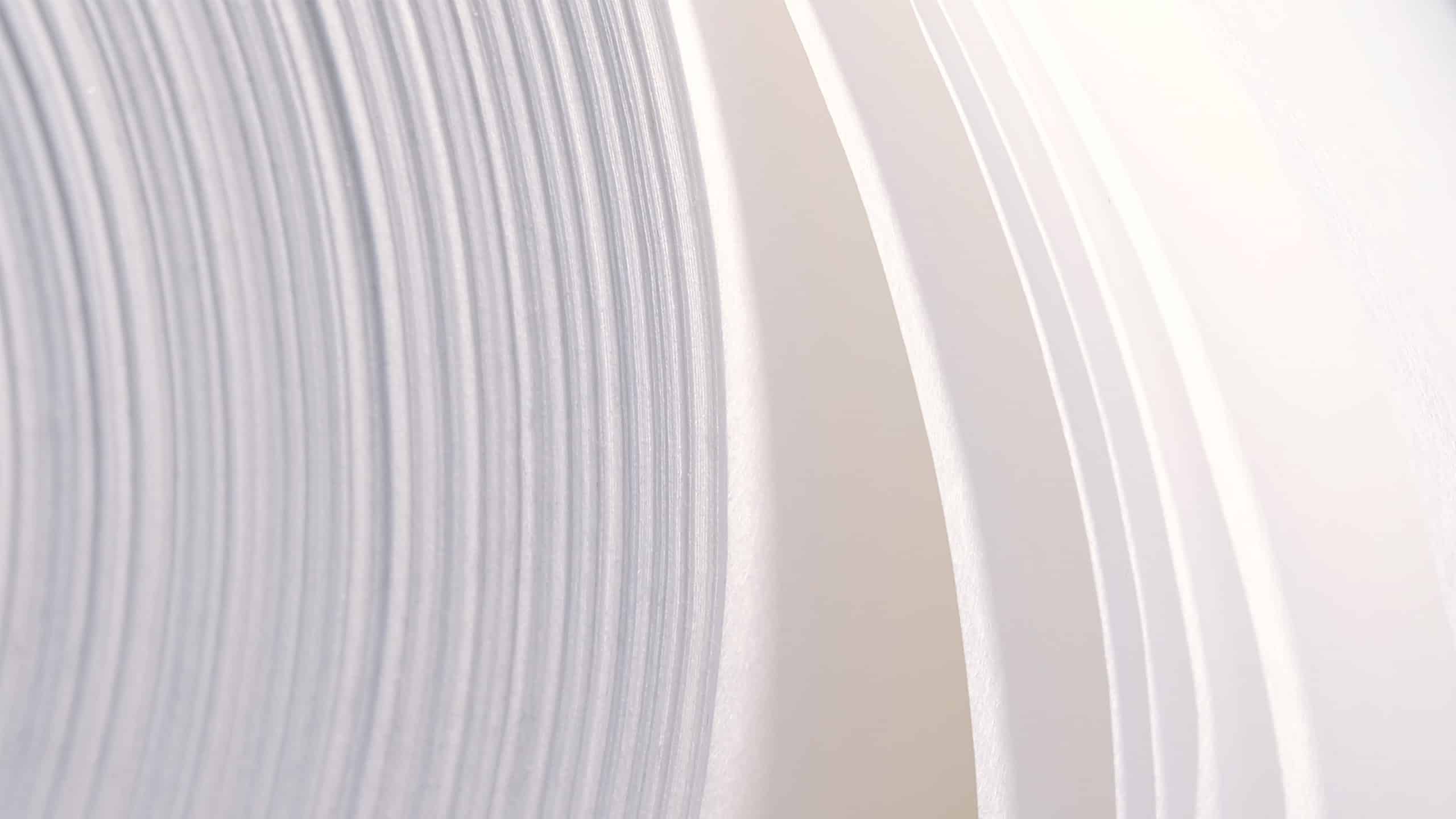The Future of Electronics Packaging: Durable, Non-Scratch, and Recyclable Materials

Innovations in durable electronics packaging
In the rapidly evolving world of electronics, packaging plays a crucial role in ensuring the longevity and functionality of devices. Durable packaging solutions are essential to protect sensitive electronic components from physical damage and environmental factors. Recent innovations in this field have focused on creating materials that not only provide robust protection but also enhance the overall user experience. These advancements are driven by the need to meet consumer expectations for high-quality, long-lasting products. One of the key trends in durable electronics packaging is the development of materials that combine strength with flexibility. This allows for packaging that can withstand impacts and resist wear and tear over time.
The importance of non-scratch materials in electronics packaging
Non-scratch packaging materials are becoming increasingly important in the electronics industry, as they help protect the aesthetic appeal and functionality of devices during transit and storage. These packaging solutions prevent scratches that can detract from the visual appeal of a product and potentially impair its usability, especially for touch-sensitive screens. Consequently, manufacturers are investing in packaging materials that offer superior scratch resistance while maintaining other essential protective properties.
Advancements in material science have led to the creation of innovative packaging materials that provide excellent protection for electronic devices. These packaging solutions ensure that products remain secure and undamaged during transportation and storage. The development of such packaging materials is crucial for maintaining consumer satisfaction and extending the lifespan of electronic products, which in turn supports sustainability goals by reducing the need for frequent replacements.
Recyclable materials: a sustainable future for electronics packaging
As environmental concerns continue to rise, the electronics industry is under increasing pressure to adopt sustainable practices. Recyclable materials are at the forefront of this movement, offering a way to reduce waste and promote a circular economy. By using materials that can be easily recycled, manufacturers can minimize their environmental footprint and contribute to a more sustainable future.
Recyclable packaging materials are designed to be reprocessed into new products after their initial use. This not only conserves resources but also reduces the amount of waste sent to landfills. The use of recyclable materials in electronics packaging is a key step towards achieving sustainability goals, as it aligns with consumer expectations for environmentally friendly products and supports the industry’s commitment to reducing its impact on the planet.
How Paptic is leading the change in electronics packaging
We are at the forefront of developing innovative packaging solutions that address the challenges of sustainability and durability in the electronics industry. By leveraging our expertise in fibre-based materials, we offer packaging solutions that are not only durable and non-scratch but also recyclable. This unique combination of properties makes our materials an ideal choice for electronics packaging.
The fibres used in our materials can be sourced from responsibly managed forests, ensuring that the environmental impact is minimized. These materials provide a sustainable alternative to traditional packaging options, helping to reduce plastic waste and promote a circular economy. Our commitment to innovation and sustainability positions them as a leader in the electronics packaging industry, offering solutions that meet the needs of both manufacturers and consumers.
Challenges and solutions in adopting new packaging materials
While the benefits of adopting new packaging materials are clear, there are several challenges that manufacturers face in making this transition. One of the primary obstacles is the need to balance sustainability with performance. New materials must meet the technical requirements of electronics packaging but also be sustainable to implement on a large scale.
To overcome these challenges, companies are investing in research and development to optimize the properties of new materials and streamline production processes. Collaboration across the supply chain is also essential, as it allows for the sharing of knowledge and resources to drive innovation. By addressing these challenges head-on, the electronics industry can successfully adopt new packaging materials that offer enhanced durability, sustainability, and consumer appeal.
Emphasizing Brand and Consumer Experience Enhancement
Sustainable packaging design is more than just an environmental imperative—it’s a strategic advantage that can significantly enhance brand reputation and consumer satisfaction. Companies that prioritize eco-friendly packaging are often seen as industry leaders, garnering positive consumer perceptions and loyalty. For instance, brands that have switched to sustainable packaging report not only a reduction in environmental impact but also an increase in customer engagement. Case studies demonstrate that sustainable packaging boosts brand value by aligning products with the ethical values of conscious consumers.
One notable example is the electronics brand XYZ, which implemented a recyclable packaging initiative that led to a 20% increase in customer satisfaction ratings. This change not only reinforced the brand’s commitment to sustainability but also attracted a new segment of environmentally conscious consumers, proving that sustainable packaging is a win-win strategy for both brands and their customers.
